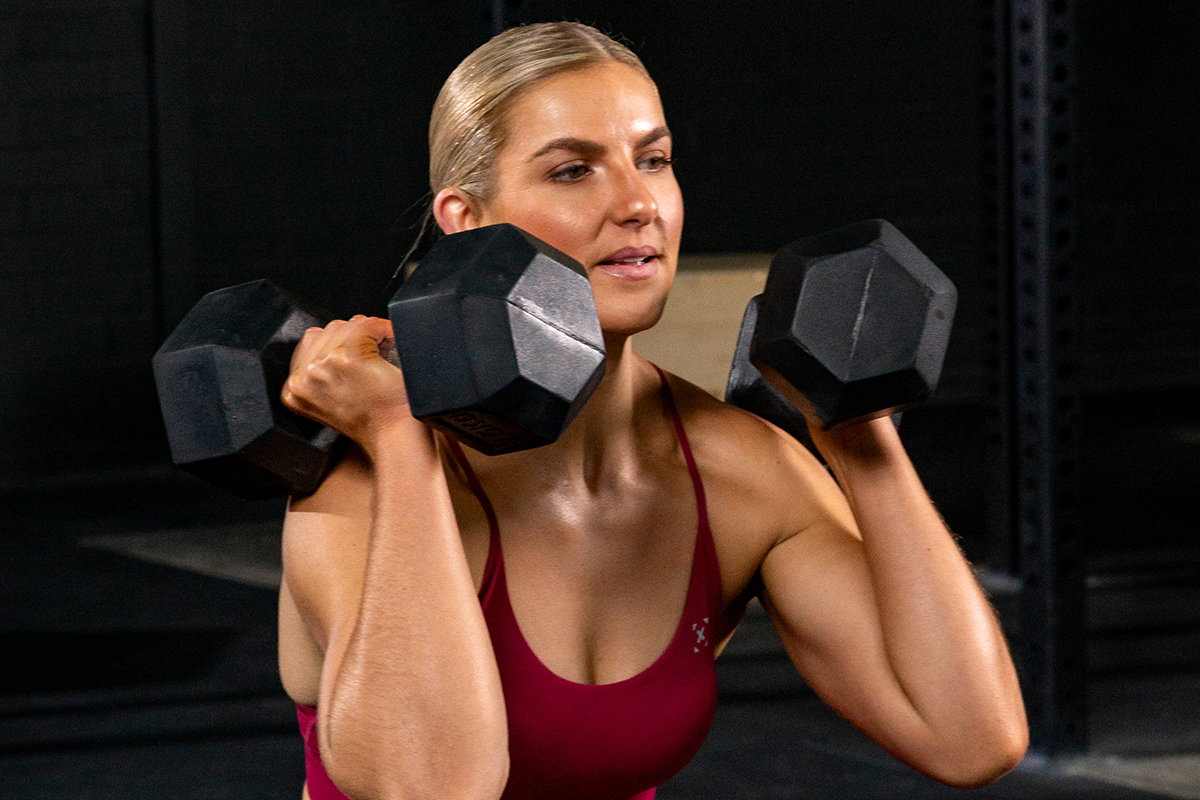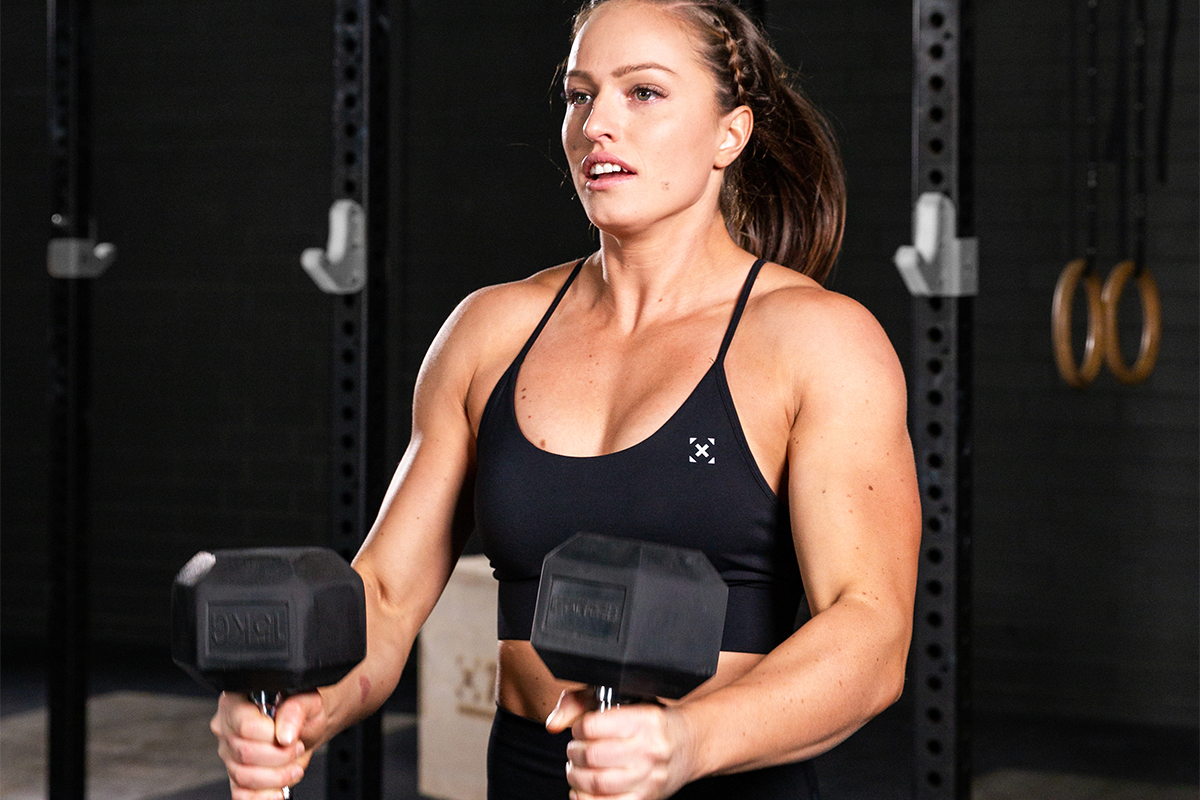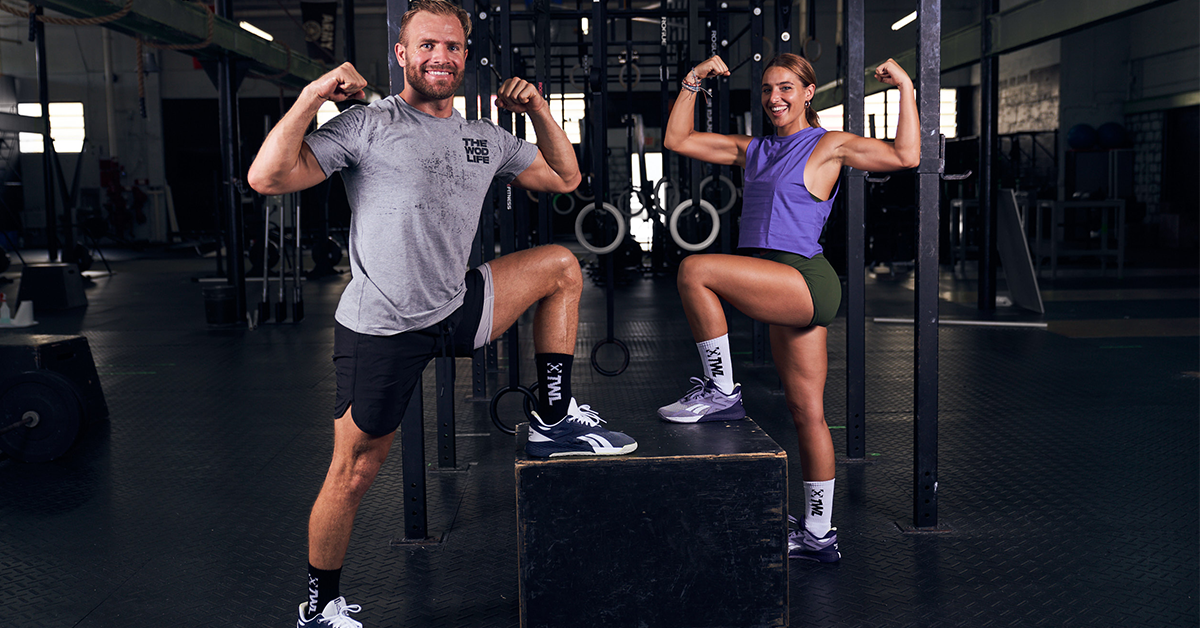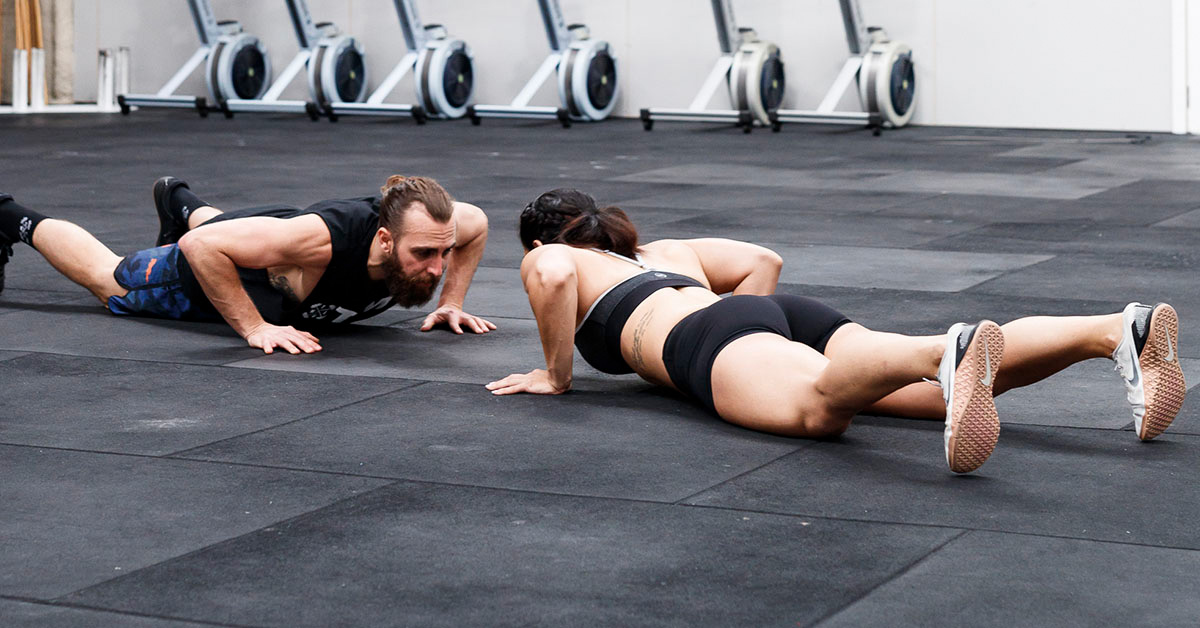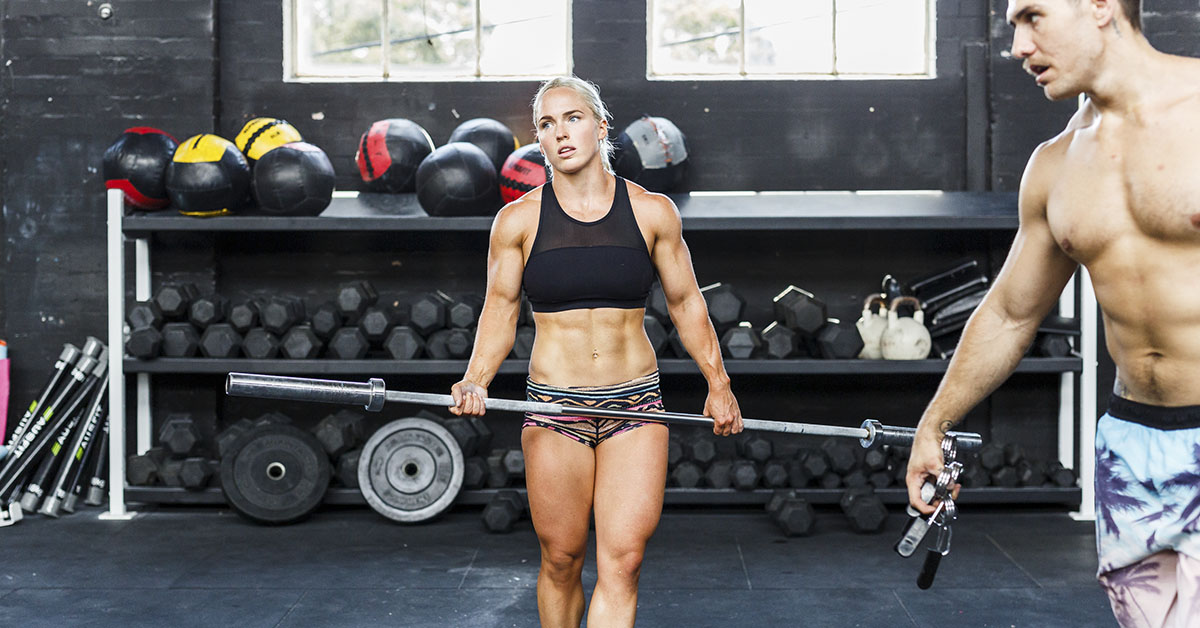There are countless ways to perform the standard press — a staple overhead movement in functional fitness. The floor press requires nothing but weight. The dumbbell bench press throws a bench into the mix, giving you a slightly bigger range of motion. And there are plenty of alternatives to the bench press, too! Another way to mix this up? Change the angle of your torso with the incline dumbbell press.
What is an Incline Dumbbell Press?
With the incline dumbbell press, you’re laying on the bench. However, as opposed to laying flat like you would for the traditional bench press, your torso is at an angle — usually somewhere around 45 degrees to the floor. You might also hear it referred to as the incline chest press or incline dumbbell bench press.
Before we break this down and get into some tips, check out this video to get a better idea of what it looks like in action:
The dumbbell incline press is simple enough, but the details still matter:
- You should press the dumbbells so that they’re over your chest, not your head.
- Your arms will be perpendicular to the floor, not to your torso like they would be with your standard bench press.
- At the bottom of the press, your hands should be just outside your chest.
- For your breathing, there are two main options: You can inhale at the top of the movement, hold your breath during, exhale at the top, and inhale again before the next rep. (So, you’re inhaling and exhaling at the top only.) Or, your can inhale at the top, hold on the way down, and exhale on the way back up.
The incline chest press is commonly performed at more moderate weights for higher reps. Bear in mind that before you can press the weight overhead, you have to be able to bring it to your shoulders. Pick a weight you can safely manage. If your goal is to go significantly heavier, a barbell might be better suited!
For any sort of overhead movement, you might find wrist wraps especially helpful. These protect the joint, provide compression, and offer extra stability. Check out our selection of wrist wraps.
Shop Now
What Muscles Do the Incline Dumbbell Press Work?
Primarily, the incline dumbbell bench press works your pectorals, triceps, and deltoids. As an added bonus, because you have to engage your core in order to stabilize your upper body, your midsection will get a little workout too.
Working with free weights adds another benefit, too: It helps you detect imbalances in strength from left to right. It’s not uncommon for an athlete to note that one side is markedly stronger than another. But why should you care? Well, no one is perfectly symmetrical. But if one side is significantly stronger than the other, then that side does more of the work, which you want to avoid. For example, a drastically stronger right shoulder will pick up the slack from the left shoulder, which puts an uneven strain on the right. Evening out these imbalances as much as possible is crucial to avoiding injury.
Along with its countless variations, bench presses offer many advantages. The incline dumbbell press is an excellent way to boost strength, encourage mobility, and fend off injuries and strains.

